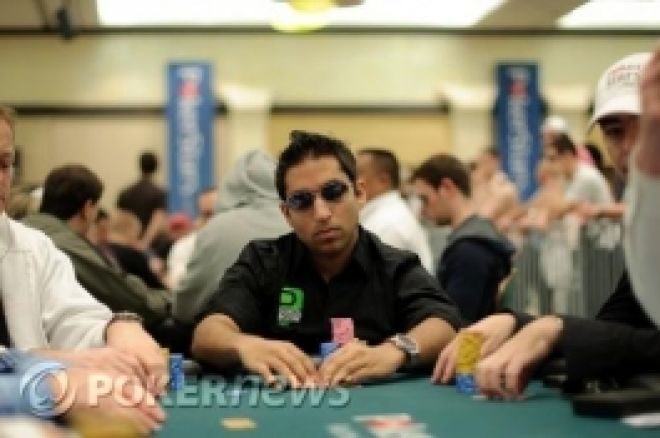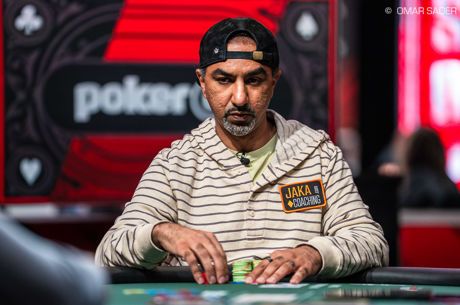Short-stack Tournament Strategy with Amit Makhija Part 2

Playing short-stacked in a tournament can be tricky. Although a short-stacked player is mostly only making a decision between folding and shoving, there are a number of intricacies that play into picking the optimal choice. In a previous article, Amit ��amak316�� Makhija talked to PokerNews about short-stacked tournament strategy with fold equity, and for Part 2, he discusses playing an even shorter stack of 10 times the big blind, and also demonstrate how these concepts apply to an actual hand.
When you find yourself in the critical danger zone of 10 times the big blind or below, what spots are you looking to get it in?
When I have 10 times the big blind and there are antes in the pot, I��m generally looking to open shove when I��m first in the pot with a range that is very position dependent. From early position on 10 times the big blind, I��ll shove mostly good hands at a tough table. My range varies, but it��s generally hands like ace-ten plus, ace-eight suited plus, king-queen plus, and small pairs.
In middle position, it��s definitely wider and will include any suited ace, ace-eight plus, any Broadway, any small pair, and some of the better suited connectors. From late position, on 10 big blinds, I would shove all the above hands and include most kings, most suited queens, and any suited connector or one-gapper. The less hands you have to get through, the better in general when your stack is at that inflection point.
What about small blind into the big blind? Should you shove with any two?
It��s very opponent dependent. If someone is calling you optimally, you can��t shove any two. You can shove extremely wide but not any two. Against most random players, you can shove any two because they will fold far too tight, and "wait for better spots,�� and you will increase your stack by a huge percentage depending on the size of the ante.
How it Applies
Makhija explains his decision making while playing short-stacked in the PokerStars.net Sunday Million. The blinds are 1,000-2,000 with a 200 ante. The table is nine-handed, so there is 4,800 in the pot. Makhija starts the hand with 31,700 chips on the button. Both of the blinds have him covered.
The small blind is a completely random player who seems to be extremely inexperienced. He has 68,700 in chips. The big blind is a tough professional tournament player who has a good understanding of push-fold math and re-stealing. He has 80,000 chips.
It folds around to me on the button. I look down at ace-six suited. This is a hand that is certainly ahead of two random hands, but the problem lies with the playability of this hand. If I open raise to a standard 5,000, I expect the blinds, especially the big blind, to re-shove a pretty wide range of hands. However, it is pretty unclear whether or not I can profitably raise-call a shove as their reshoving range is slightly ambiguous.
My other option is just to shove all-in myself. I am now risking 31,700 to win 4,800. If I shove and both blinds fold, I will increase my stack by a substantial 15 percent. The small blind, being an inexperienced player, is probably calling the shove far too tight, with a range something like pocket fives plus, ace-nine plus, and king-queen. This is only about 12 percent of the hands. Furthermore, against this range of, hands my ace-six suited is still about 36 percent to win! The good player in the big blind is likely calling with any pair, any ace, king-seven plus, queen-jack suited, and king-nine off-suit or better. This is about 26 percent of the time. Against this calling range I am about 46 percent to win with my ace-six suited.
Since combined, the blinds are only calling about 38 percent of the time, I will win the pot 62 percent of the time without showdown. When I��m called, I will still have more than my fair share of equity, creating an extremely profitable situation, which generally will yield a higher return then an open raise in this situation.
The result was that I shoved all in for 31,700, and both blinds folded. I increased my stack to 36,500.
Sign up for an online poker account today and work on your game.








